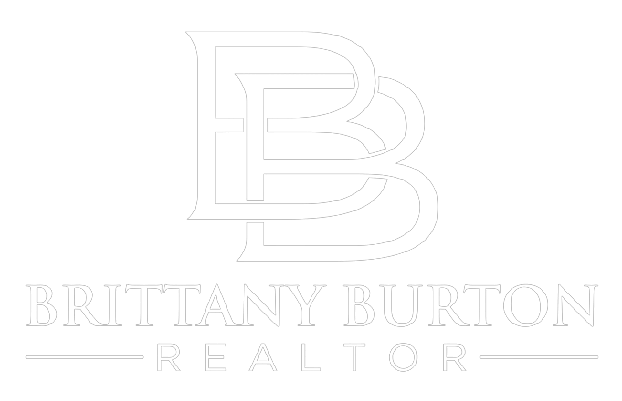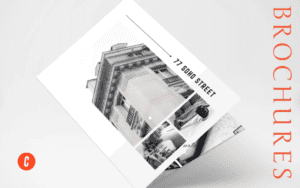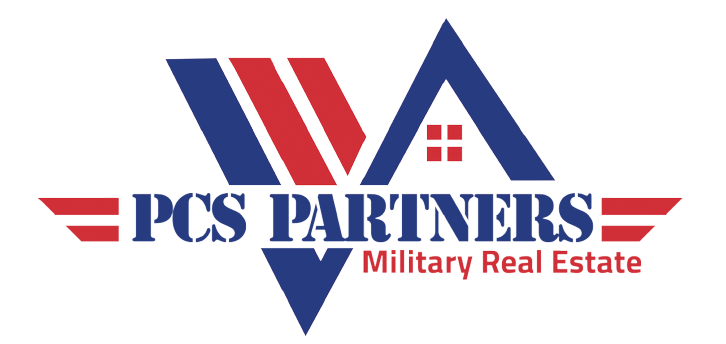Is now a good time to buy a home – with mortgage rates at a 20-year high?
When mortgage rates go up, be smart. Maneuver for better rates. First-time home buyers can use proven strategies to get low interest rates and buy a home when mortgage rates are high.
Here are 10 ways to get a lower mortgage rate when buying your first home.
1. Use the First-Time Home Buyer Mortgage Program
First-time home buyers can use government and community mortgage programs to access lower interest rates and other home buying incentives, including cash grants for closing costs and forgivable loans for down payments. See all of the first time home buyer programs.
Most first-time buyer programs are state and municipal government programs. Home buyers can research what’s available through the Housing and Urban Development (HUD) website.
Other programs are federal and work their way through Congress.
For example, buyers can use the $25,000 Downpayment Toward Equity Act to pay for mortgage discount points to get a lower rate. They can also use the LIFT Act, which can lower a home buyer’s mortgage rate by up to 4 percentage points.
Get pre-approved to see if you qualify for first-time home buyer programs.
2. Shrink your closing date in 15-day increments
When you buy your first home, your mortgage rate lock is a commitment to the lender to honor a specific mortgage rate for a guaranteed fee for a specified period of time.
Savvy home buyers can lower their mortgage rates by choosing a smart closing date.
In general, mortgage lenders raise their interest rates by 0.125 percentage points for each additional 15 days the rate is in lock. The lowest rates are found with a 30-day rate lock. 90-day rate locks fetch the highest rates.
When you write your purchase offer, choose a closing date based on a 15-day window. Close in 30 days instead of 31 days. Close in 45 days instead of 46.
3. Pay for Mortgage Discount Points
Paying down mortgage discount points is an effective way to lower your interest rate.
A mortgage discount point is an upfront, one-time fee paid at closing that permanently lowers the buyer’s interest rate. Each mortgage discount point costs 1% of your loan size and reduces your mortgage rate by about 0.25 percentage points.
Mortgage lenders typically offer discount-point options when you go to lock your rate. Ask to see several discount point scenarios and choose which option works best for you.
Get pre-approved to see how much home you can afford.
4. Increase your credit score by 20 points
If you’re not under contract in the next 30 days, you have time to work on your credit score and get a lower rate. With every twenty-point increase in your FICO score, your mortgage rate improves.
Most home buyers can do small credit work for significant score improvement:
- pay past due bills
- reduce credit card balance
- correct incorrect reporting
Buyers can also use online tools like StellarFi, which does credit-building work in about 30 days.
5. Increase your down payment by the next 5 percent
For buyers with conventional mortgage financing, increasing the down payment size to the next five percent increase could result in lower mortgage rates.
For buyers with excellent credit scores, every additional 5 percent down payment can lower your rate by up to 0.125 percentage points. For buyers with below-average credit, however, the savings begin once the down payment crosses twenty percent.
Note: This interest rate strategy only applies to conventional loans. The FHA, VA, USDA and most jumbo loans use a different pricing model.
6. Make use of vendor concessions
Seller concessions are an arrangement between a home buyer and his seller in which the seller pays for some or all of the buyer’s closing costs – including mortgage discount points.
Vendor concessions are negotiated at the point of sale. Depending on the size of the mortgage and down payment, they can be as high as 9 percent of the purchase price.
Seller rebates can only be used for closing costs. The funds cannot be used for a down payment, commission or other non-closing fees.
The first step is getting pre-approved.
7. Do a temporary mortgage rate buydown
The Temporary Mortgage Rate Buydown is a home affordability tool that allows home buyers to lower their mortgage rates for up to 3 years.
Buydowns are named for length. With a 3-2-1 buydown, the mortgage interest rate is reduced by three percentage points in the first year, two percentage points in the second year, and one percentage point in the third year.
In the fourth year, the original rate returns and remains in place for the rest of the life of the loan.
Floating mortgage rate purchases are generally not cost-effective. A 2-1 buydown may save you $8,000 in mortgage interest, but that 2-1 buydown also costs you about $8,000. It is most common to see temporary purchases in conjunction with vendor concessions.

mortgage
prior approval
in minutes
get pre-approved
8. Use an Adjustable-Rate Mortgage
Adjustable-rate mortgages (ARMs) are mortgages where the interest rate adjusts annually after a number of years. ARMs let lenders share their interest rate risk with a home buyer, so lenders reward buyers with lower initial mortgage rates.
Adjustable-rate mortgages work like this:
- The initial interest rate lasts for a certain number of years, usually 5
- After five years, the ARM interest rate changes to match the market.
- In each subsequent year, the interest rate changes again
ARM interest rates start at least one percentage point below the comparable 30-year fixed-rate mortgage rate. When ARMs adjust, they can typically only move within a two percentage point range.
Get pre-approved for an ARM loan.
9. Use HomeReady or Home Possible Loan
Home buyers in low- and moderate-income neighborhoods can lower their mortgage rates through the HomeReady and Home Potential mortgage programs from Fannie Mae and Freddie Mac, respectively.
HomeReady and Home Possible are part of the government’s affordable housing mandate. Qualified buyers receive mortgage rates at half a percentage point or more above standard 30-year rates, as well as reduced mortgage insurance rates and closing costs.
See if you qualify for HomeReady or HomePossible.
10. Get Multiple Mortgage Rate Quotes
Comparison shopping is a proven way to lower your mortgage interest rate.
According to a Freddie Mac study, home buyers who get at least two mortgage rate quotes save $1,500 over the life of their loan in closing costs, interest rate savings, or both. Buyers who get more than four quotes save an average of $5,000.
Common Questions About Getting A Low Mortgage Rate
Should I float my mortgage rate to get a lower rate?
Floating your mortgage rate is the opposite of locking it in, which means your lender is under no obligation to honor a specific rate. When you float your mortgage rate, you are not guaranteed that interest rates will go down. You assume the risk that interest rates may rise.
Floating your mortgage rate is dangerous. The safer option is to lock in your rate.
Should I switch to a shorter loan term for a lower rate?
Reducing your loan term from 30 to 15 years will lower your mortgage interest rate. However, shorter loan terms result in higher monthly payments because the payments are compressed over a smaller number of years. If you can afford to pay more, choose a shorter loan term. Otherwise, stick with the 30-year loan term.
Are there other programs available that give buyers lower mortgage rates?
First-time buyers can get mortgage rate discounts through the FHFA First-Time Home Buyer Mortgage Rate Discount Program.

mortgage
prior approval
in minutes
get pre-approved





